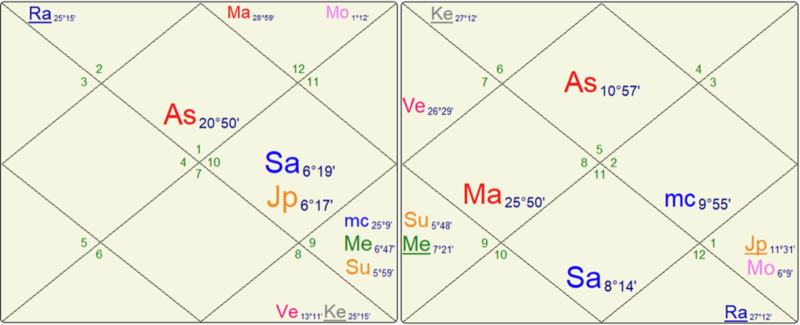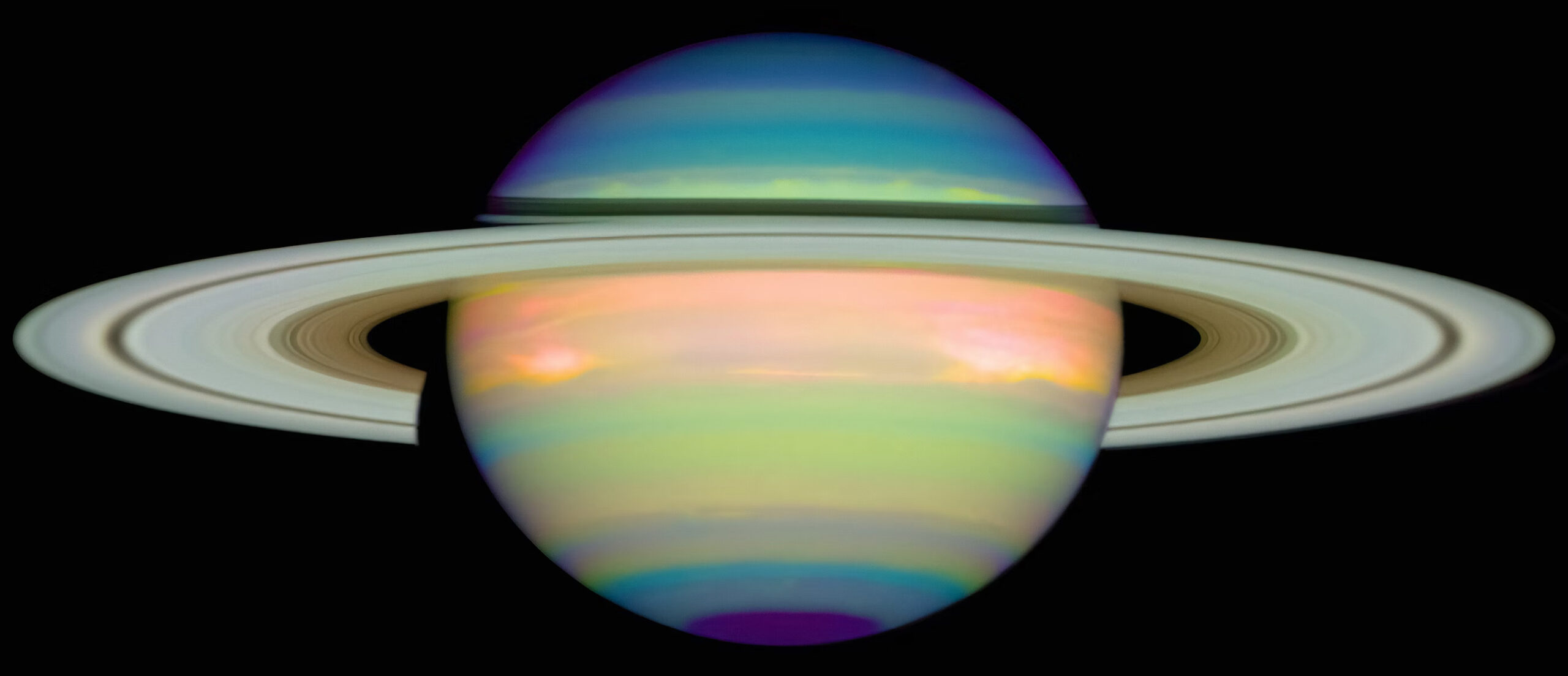Spring | Summer | Fall | Winter | |
2025 | Volume 67 |
| Volume 65 | Volume 66 |
Volume 63, 24 December 2023
“Oh Arjuna, whenever there is a decline in dharma and an increase in adharma everywhere, I bring Myself into being.”
Note to Readers: This is an unusual version of my newsletter as befits unusual times. The USA is in a hurricane of unprecedented and historical events that can ultimately impact world events—a criminally indicted past president seeking re-election to that office. When I looked back at my newsletter in the winter of 2020, before anyone was aware of what was to unfold on January 6, 2021, I decided it was important to repost articles from that newsletter. The story of what was to come was all there in the gola of that solstice. I will also show the current solstice pattern and compare it to 2020.
If you are interested in the cosmos and are at all active online, you are likely aware of the rarest of rare events occurring over these past few days and culminating on this winter solstice.
You might even have been watching the brilliant display of the two giant grahas of our solar system, Jupiter and Saturn, as they have danced with each other through 2020. They were especially bright in the summer evening sky when both went retrograde within 4 days of each other around mid-May. Since they both have long retrograde cycles (Jupiter’s ended mid-September and Saturn late September), this was quite a show especially when the Moon in its different phases joined the dance each month and made it into a trio rather than just a duet.
When two heavenly objects line up in the sky in close proximity, it is referred to by astronomers as a conjunction (not the same as the Sanskrit word yuti). The latest move in the dance between Jupiter and Saturn is a very tight conjunction, the equivalent of what happens when you and someone else are the last contestants left in the game of musical chairs. With only one chair left, inevitably the two remaining players wind up on top of each other when the music stops. On December 21st, Saturn and Jupiter will appear to have fused together as viewed by us from earth.
Though these conjunctions between Jupiter and Saturn happen approximately every 20 years, these incredibly close ones are rare and this one is said to be the third closest one in three millennia. Here are two excellent sources on-line if you want to delve into this topic: Wikipedia - Great_conjunction and Rice University - Great_conjunction. But even these detailed articles do not deal with the astrological rareness of this event. How so? For astrologers, having Jupiter and Saturn performing this particular dance in the constellation of Capricorn has particular significance since Jupiter debilitates in this rāśi and Saturn is sva rāśi. Indeed, the December 2020 conjunction is the second time in the Common Era that this has occurred - the only other one was in 372 CE. We won’t have to wait too long for the next one. It happens on the Ides of March in 2080.
The very close proximity of these two giants to each other is known in Jyotisha as graha yuddha or planetary war (see next article below). Even at huge magnification it is difficult to distinguish both Jupiter and Saturn. In my time zone, the exact conjunction happens during the day and is therefore not visible when they are high in the sky. But shortly before sunset, the sky darkens enough for them to become visible near the Western horizon within 1° of each other.
To view the screen caps illustrating this conjunction, please refer to Volume 51 of the Newsletters.
A Total Solar Eclipse and a Planetary War (an excerpt)
As if the drama of the tight and bright visible conjunction is not enough, Saturn and Jupiter moved into this conjunction on the day of yet another total solar eclipse.
Though this time the path of the solar eclipse was not visible in North America and therefore did not cut the country in half as it did in 2017, it is still consequential that yet another sensitive point in the chart of the president hosted this eclipse. It is astonishing that the very same nakṣatra where Trump’s natal Moon is totally eclipsed is the one that the Sun and Moon tenanted to form the Solar eclipse of December 14, 2020. Even more incredible is that this eclipse point was on Almost the Exact Degree of the eclipse point in Trump’s natal chart. You can’t make these things up.
This was also the day that the official graha yuddha (planetary war) started. A planetary war happens when two of the tārā grahas (true planets i.e. Mercury, Venus, Mars, Jupiter and Saturn) are within one degree of ecliptic longitude of each other. Determining which is the victor is not straightforward and best left for another time but war comes at a cost for both winners and losers. There is also a disparity in strength between the two grahas as Jupiter is debilitated in Capricorn and Saturn is sva rāśi.
Another unusual flavor of this planetary war is that both Saturn and Jupiter have been moving unusually quickly relative to their average forward motion in the last few months. Grahas moving very quickly are considered to be unstable.
What might this all mean and when does it end? The actual planetary war ends December 30th but the tendrils of collective karma linger on especially considering confluence from other transiting grahas, most notably the nodal axis. Rāhu/Ketu are in Taurus and Scorpio respectively where one is debilitated and the other exalted; neither is a bargain when it comes to rogue significations. This is greatly intensified by the fact that all the grahas (other than the Moon when it breaks free for part of each month) are caught within the Rāhu/Ketu axis in a Kāla Sarpa yoga pattern for a protracted period of time. This has been at play since around mid-December and technically lasts until mid-April though some Jyotishis will date it to March 27 when Mars is no longer inside the belly of the snake though it is still conjoined with Rāhu.
And What Happened? - January 6, 2021
The cosmos “got it right” and we are still living with the fallout, and worse still, the possibility of a more extreme second Trump presidency. This is not just an American problem. This is a world-wide problem. Is there hope in the current solstice pattern? How does it differ from 2020?
Here are the charts rendered in EST time for the exact time of the Winter Solstice in 2020 on the left and the 2023 Winter Solstice chart on the right.

The 2020 solstice chart has all the benefics afflicted and a lot of exaggerated grahas—JU and SA in a planetary war, JU debilitated, ME combust, RA debilitated and KE exalted. All of this is happening in a Kāla Sarpa pattern. Afflicted by SA and MA, the MO is in the 12th bhāva in the difficult nakṣatra of Pūrvā Bhādrapadā while Bharaṇī rises and the lagna lord itself is in the 12th afflicted by SA.
While the malefics MA and SA are very prominent in the current solstice chart, they are both sva rāśi and free from exaggeration. The lagna lord Sun is in a positive bhāva with no affliction and is stabilized by a strong Jupiter. Though Jupiter is aspected by SA, it is also aspected by a strong Venus. The Moon is waxing and is in a very special tithi.
Thanks to a very timely email from Pursottam, one of the teachers in our online program, I was made aware that this year’s solstice coincides with the very auspicious Mokṣadā Ekādaśī, which is celebrated on the same day as Gītā Jayānti – the day that Lord Kṛṣṇa revealed the Bhagavad Gītā to Arjuna.
This has resonated within me in a profound way. We too are in the middle of a battlefield between the armies of dharma and adharma. Like Arjuna, we are in a state of despair. The battle is yet to be fought. Carnage and horrors will take place—that is a given. But in the end, the arc of time bends towards justice, dharma will prevail.
From Darkness Into Light
It seems an excellent time to revisit this beautiful śloka from Bṛhadāranyaka Upaniṣad (1.3.28.):
असतो मा सद्गमय ।
तमसो मा ज्योतिर्गमय ।
मृत्योर्मा अमृतं गमय ।।
asato mā sadgamaya |
tamaso mā jyotirgamaya
mṛtyormā amṛtaṃ gamaya ||
It is known as the pavamāna mantra—a mantra chanted at the beginning of the sacred soma sacrifice and symbolizes purification. The meaning is compelling and so appropriate at this time. Here is a modern rendering:
From falsehood, lead me to truth
From darkness, lead me to light
From death, lead me to immortality
तथास्तु
May it be so












